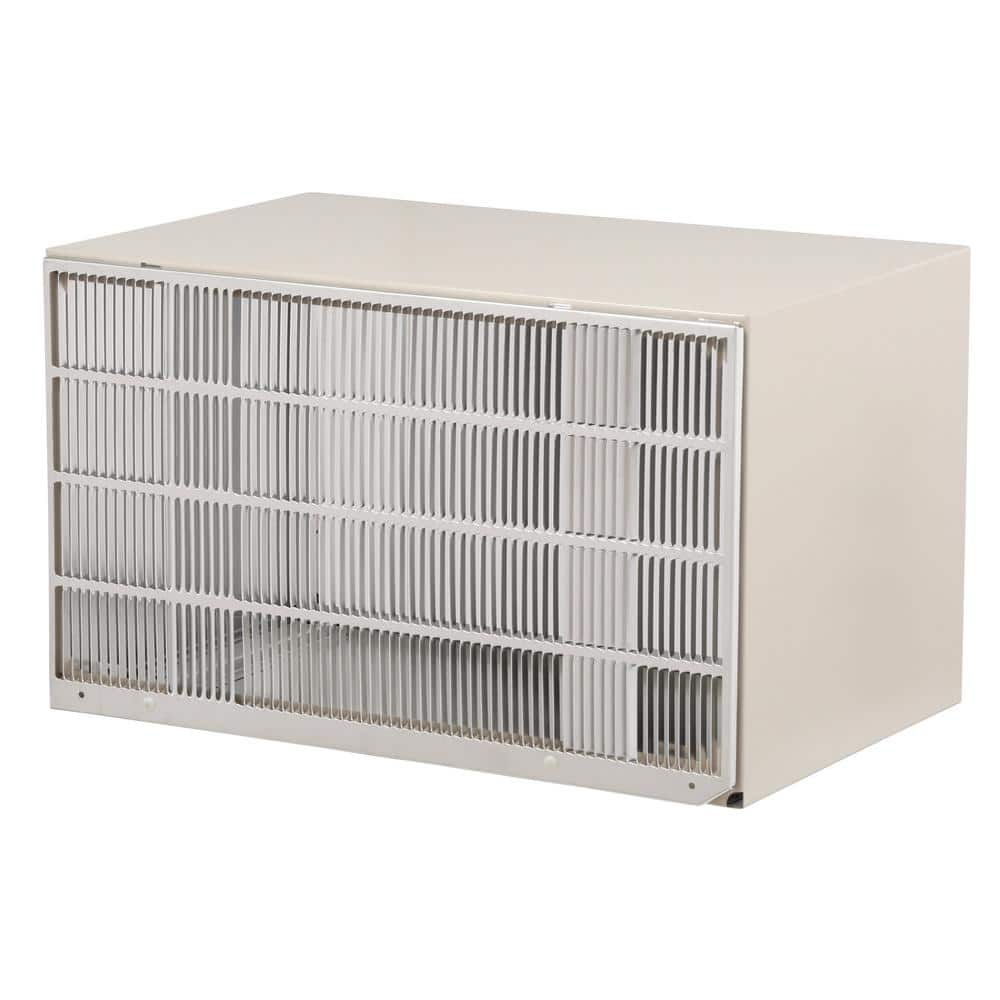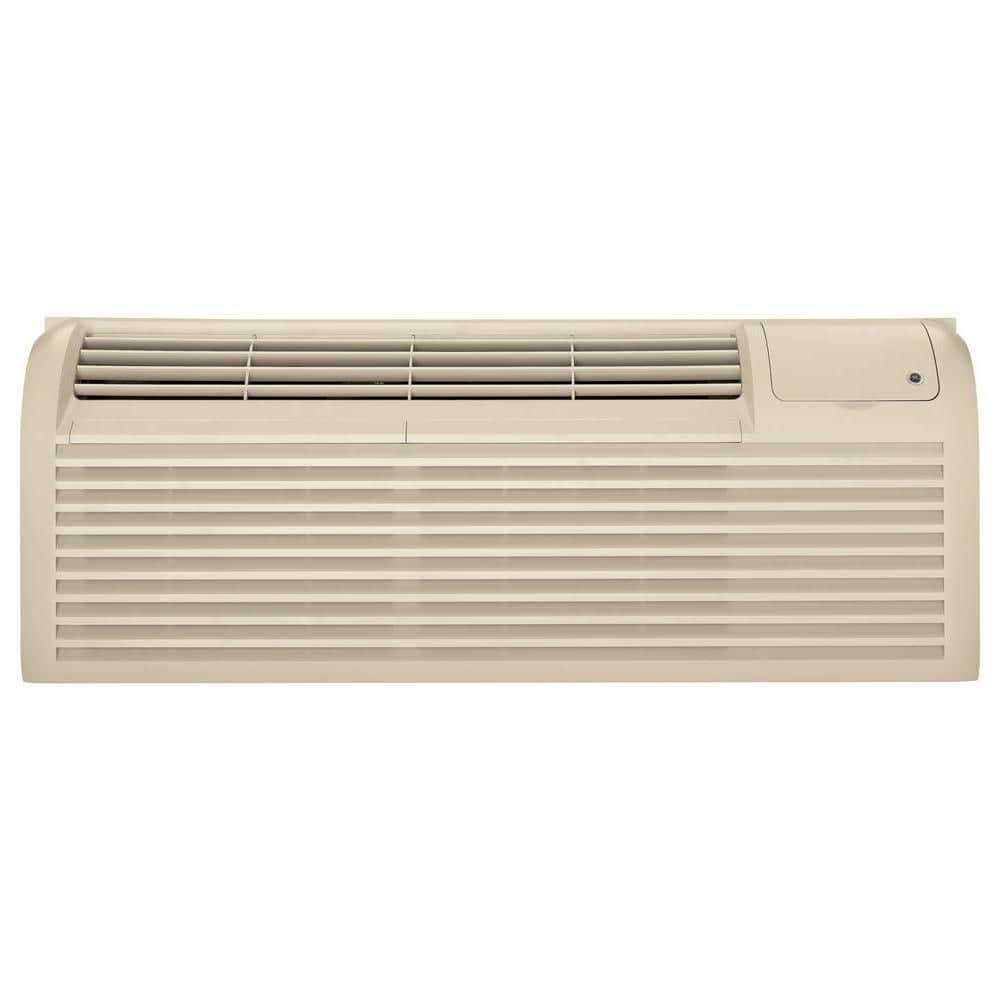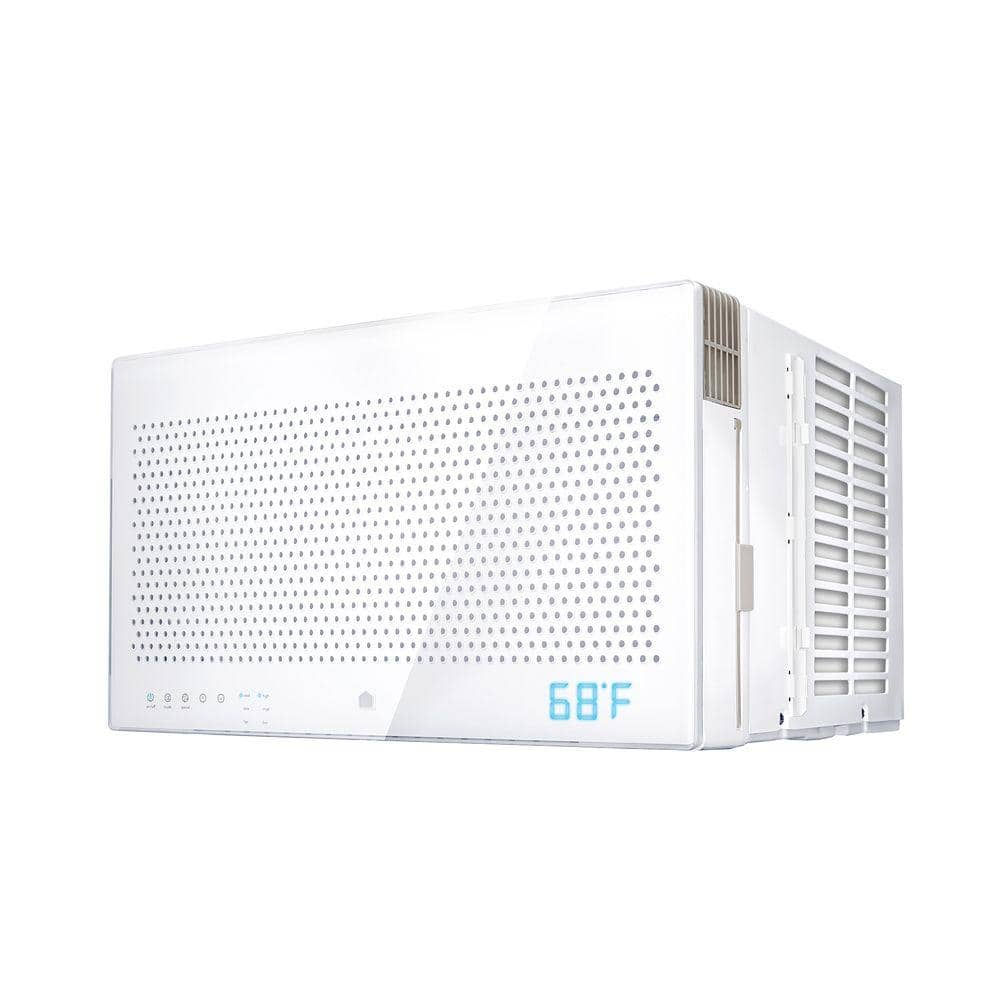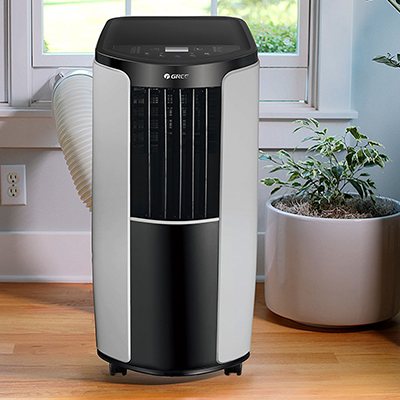Best Air Conditioners for Your Home
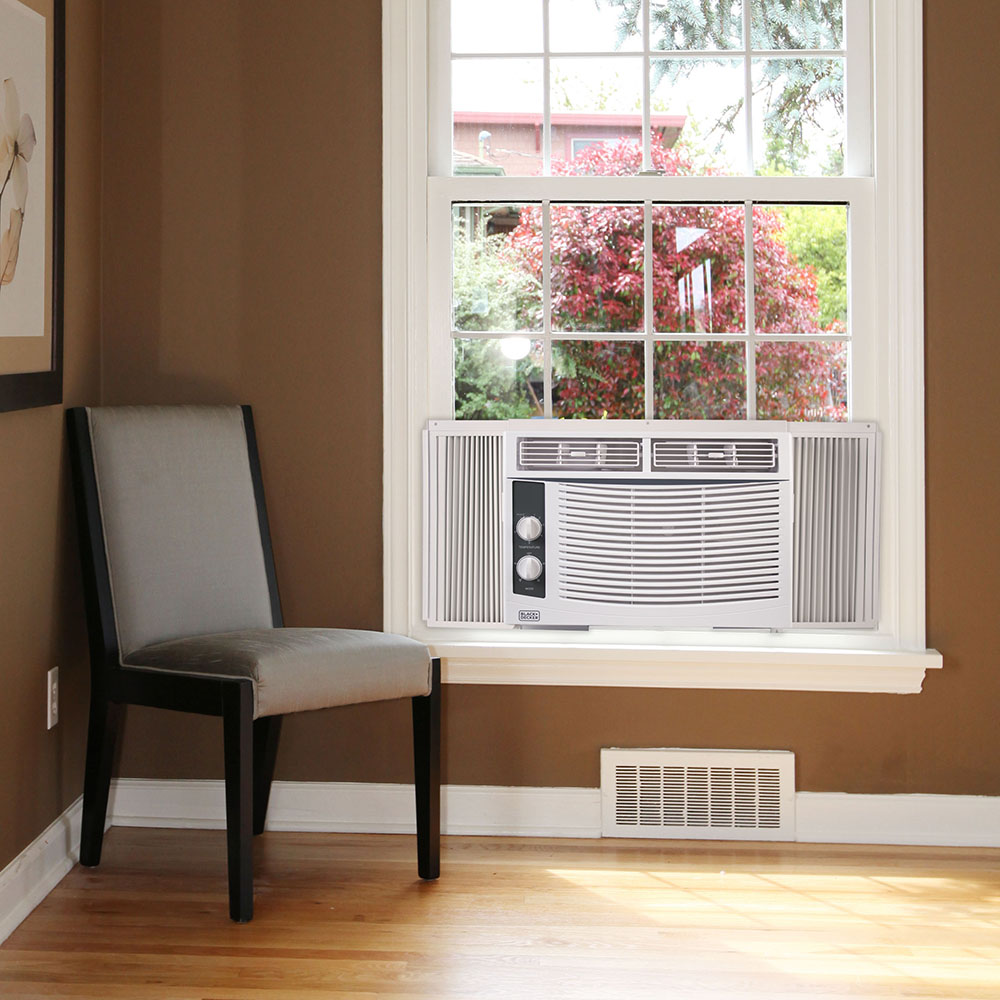
Last updated December 22, 2023
A home air conditioning system performs three basic functions: lowering the air temperature, removing air moisture and filtering the air. Cooling just one or two of your most frequently used rooms with a smaller unit can reduce the load on residential central air conditioners. This can lead to better energy efficiency and lower power bills. This guide explains the different choices so that you can choose the best air conditioners for your home.
Table of Contents
Window Air Conditioner
Portable Air Conditioner
Built-In Air Conditioners
Mini-Split Air Conditioners
Evaporative Coolers
Rooftop Air Conditioner
Window Air Conditioner
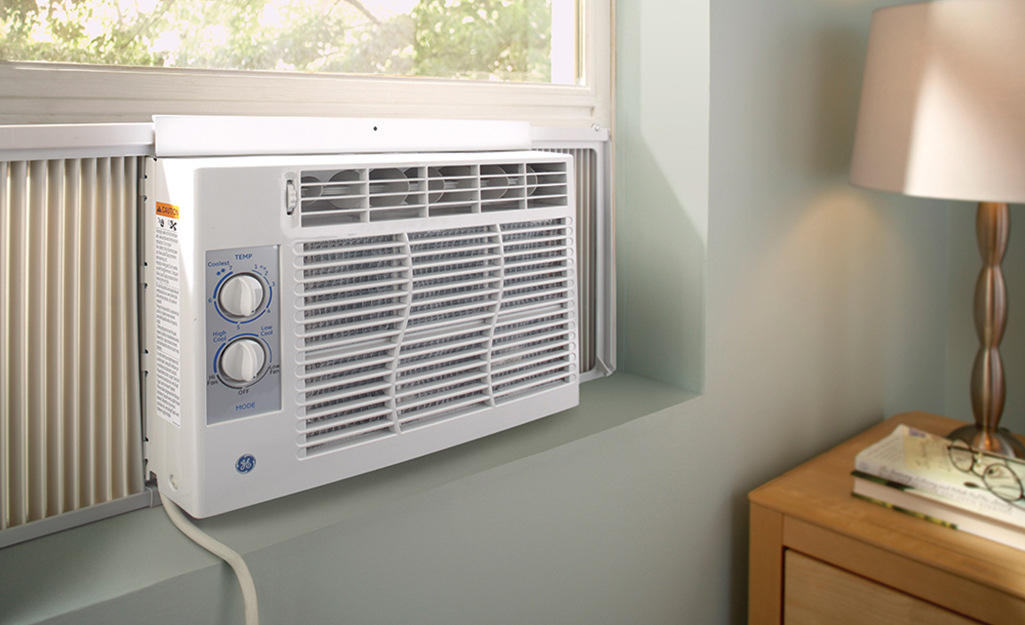
Window air conditionersare popular because they are affordable and easy to install. These air conditioning units are suitable for a small bedroom, guest room or office.
Most can be installed in either a single- or double-hung window and come with accordion panels to ensure a secure fit.
Two convenient air conditioner options are U-shaped and saddle-style units. Saddle-style air conditioning units are designed to fit over the bottom of the window frame. The U-shaped unit has a notch between the front and back that allows you to slide the window down. The window does not close all the way onto the unit, however, so you’ll need to use a strip of foam to seal the gap.
Models designed for sliding windows require support that can be attached to the exterior of your home. Some window air conditioner models also double as a heater.
Portable Air Conditioner
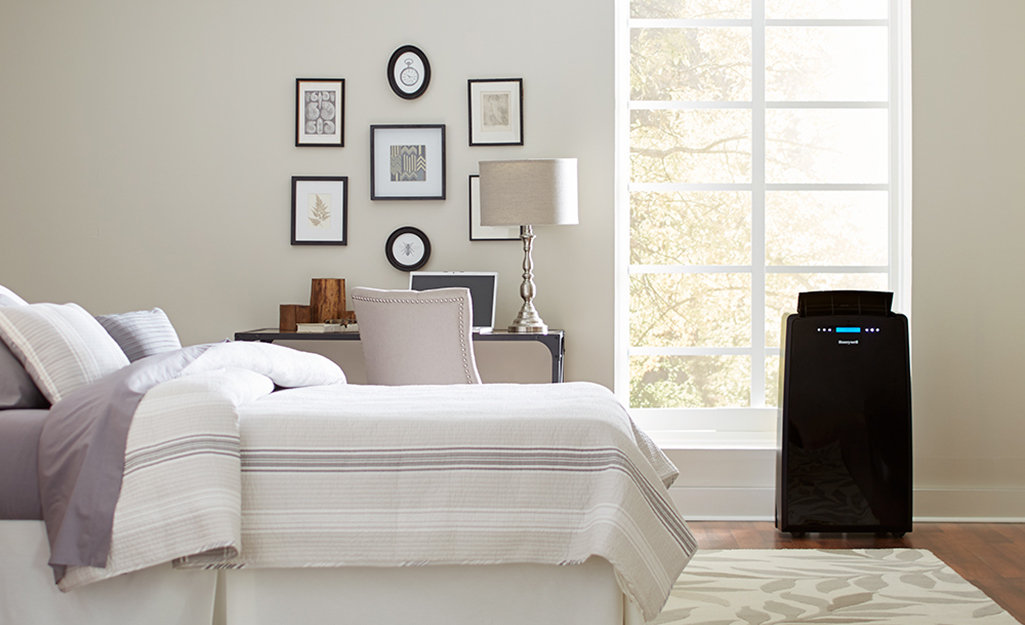
Freestanding or portable air conditionerscan be moved from room to room, so they can go where you go. They have a standard window venting kit for the exhaust, much like a clothes dryer is vented. A portable air conditioner can be heavy, generate more noise and cool less efficiently than a newer window unit.
Most portable units have reservoirs that need to be emptied periodically, although some come with optional hookups for a drainage hose. Other models evaporate much of the moisture as exhaust, reducing the number of times you need to empty the container.
Keep the unit upright as much as possible, even when bringing it home. If it has to be placed on its side, stand it upright and do not attempt to run it for a minimum of 24 hours. This will let the coolant settle to its optimum level for efficient operation.
Built-In Air Conditioners
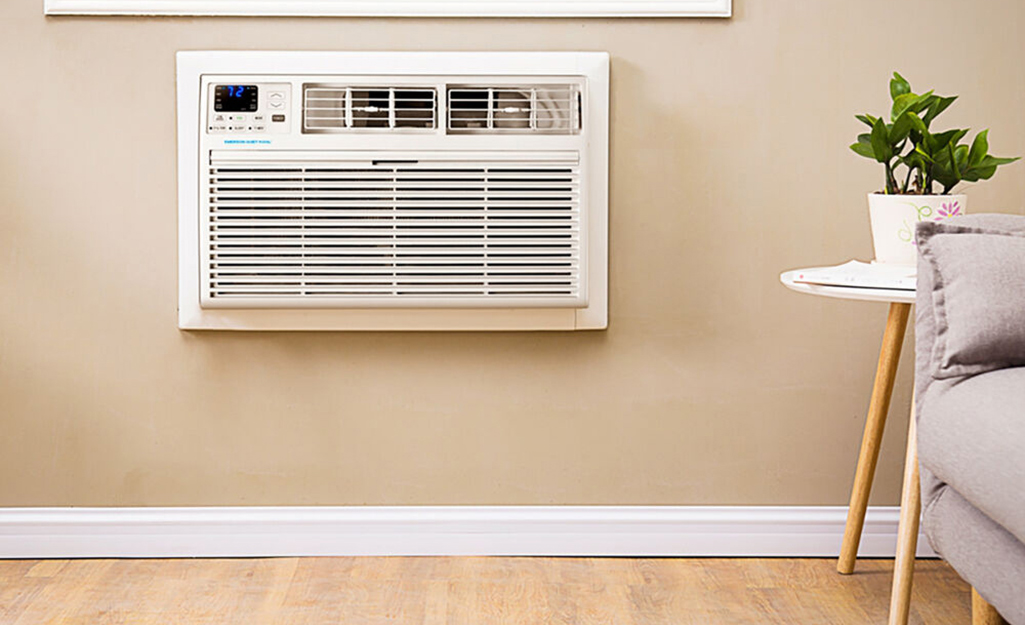
Built-in or “through the wall” air conditioners can be installed for permanent placement and can heat and cool. Wall air conditioners are ideal for areas of your house that may not be connected to the central heating and air system, such as a garage.
Wall air conditioners are installed through a hole cut into the room’s wall. The hole extends to the home’s exterior. A wall sleeve purchased separately holds the air conditioning unit securely in place. Wall air conditioners can more expensive than window units and require professional installation to ensure proper ventilation and unit efficiency.
Mini-Split Air Conditioners
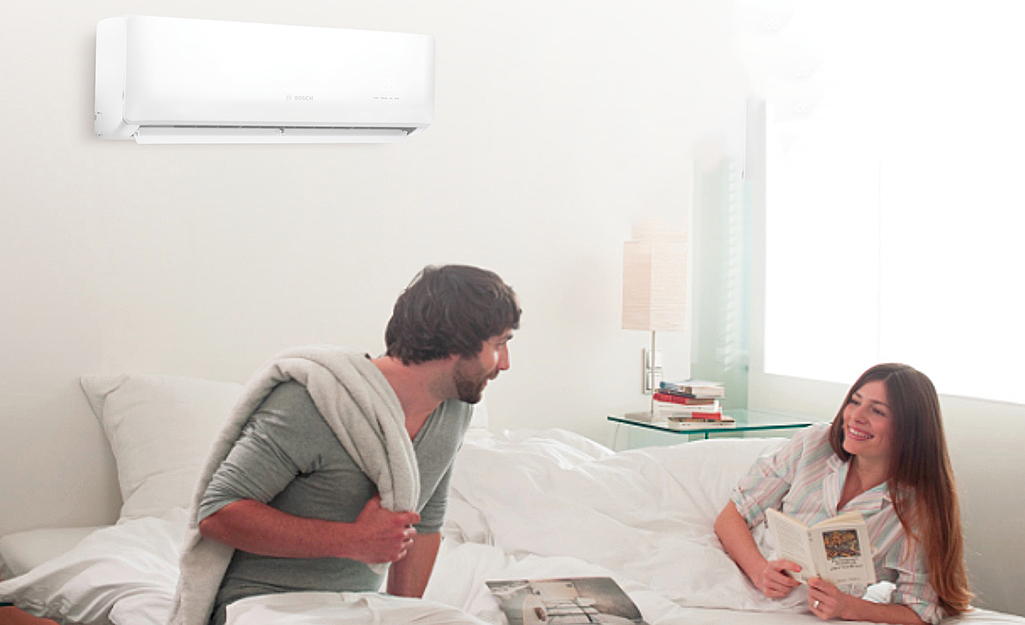
If you’re considering a home remodeling project or a room addition, a mini-split air conditioner and heating system can save you the expense of installing ducts, which are necessary for most traditional HVAC systems. Mini-split air conditioners are good for small living spaces without ducts or where installing or extending ducts for a central air conditioner is not feasible.
Evaporative Coolers
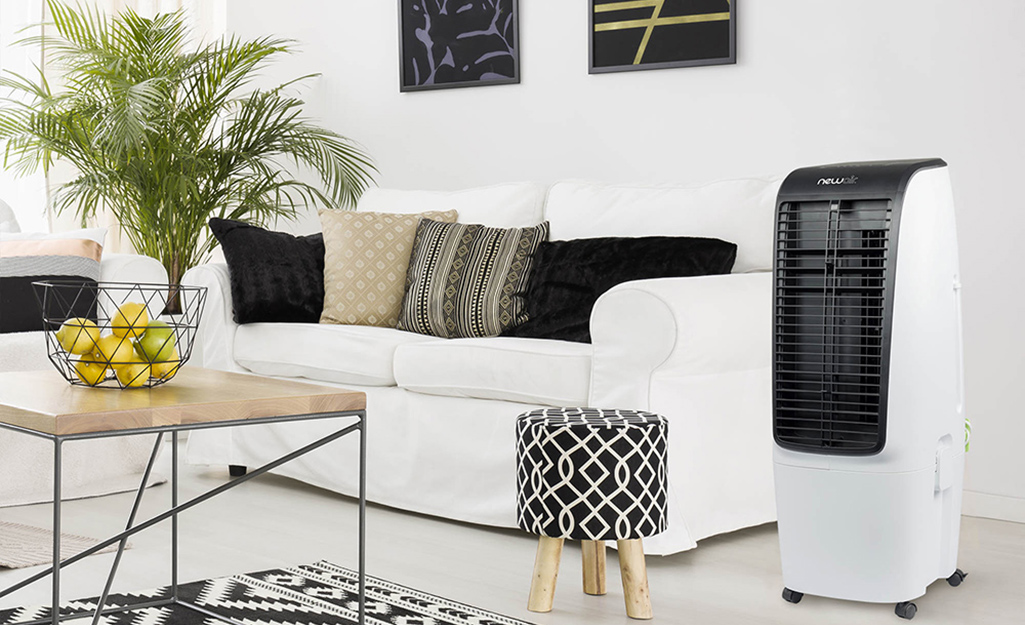
Evaporative coolers, also known as “swamp coolers,” prove effective in some parts of the country. Evaporative coolers draw warm air into the unit and over water-moistened pads, then circulate cool air, which can reduce room temperature up to 20 degrees.
Evaporative coolers are most effective in hot, dry climates and are energy efficient with a low environmental impact. They are less effective in areas with consistently high humidity and do not reduce temperatures as much as standard air conditioners.
Rooftop Air Conditioner
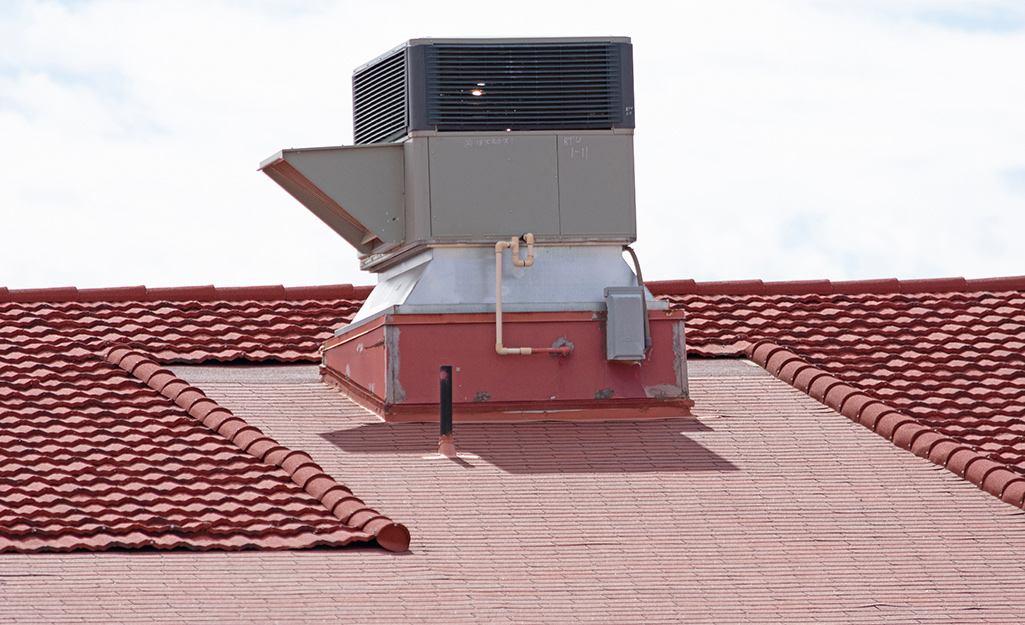
A rooftop air conditioner offers an option to central air. The air conditioning unit, or condenser, can be mounted on the roof if the interior HVAC system is in the attic. The condenser requires a flat surface to work properly, so a rooftop unit works well for homes on uneven terrain.
Variable Speed Air Conditioners
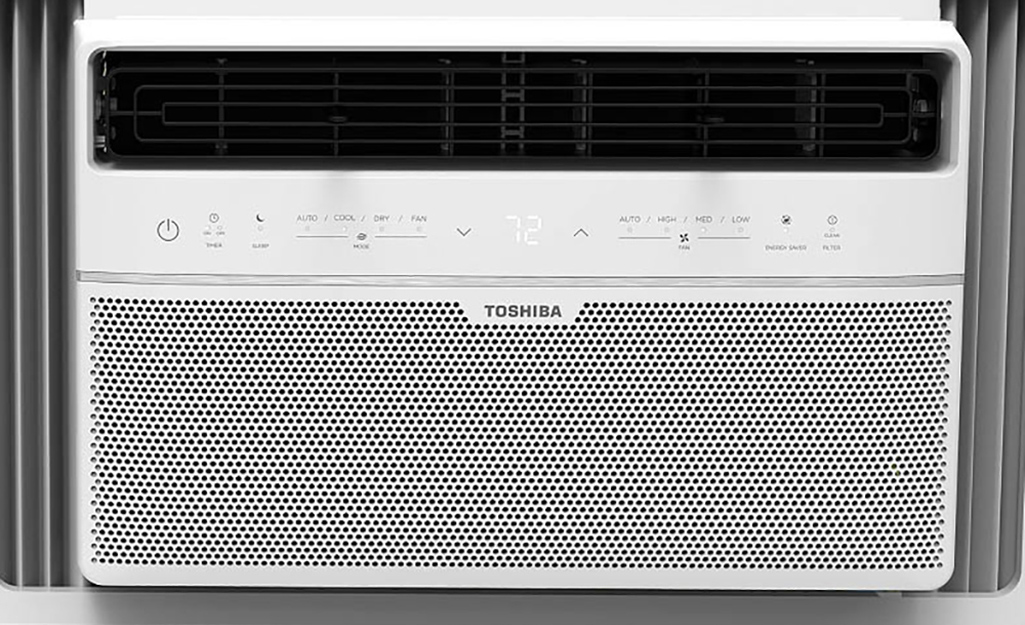
Variable fan speeds tend to be standard with air conditioners. Consider whether the unit has features that you’re likely to use.
- A programmable timer that specifies when the unit runs to prevent unnecessary energy consumption, potentially reducing power bills.
- An electric ionizer or additional venting options can recirculate the air and keep it cleaner.
- A filter alert sounds when it’s time to replace the unit’s air filter.
- A remote control allows you to activate or adjust the unit without standing next to it.
- A slide-out chassis on window or wall air conditioners simplifies removal for repair or replacement.
- Anti-corrosion coating can extend the life of your AC unit.
While a heat pump or central AC offers such advantages as control via thermostat, self-contained air conditioning units can let you narrow down the amount of the house you cool, proving more energy efficiency.
Cooling Capacity and BTUs
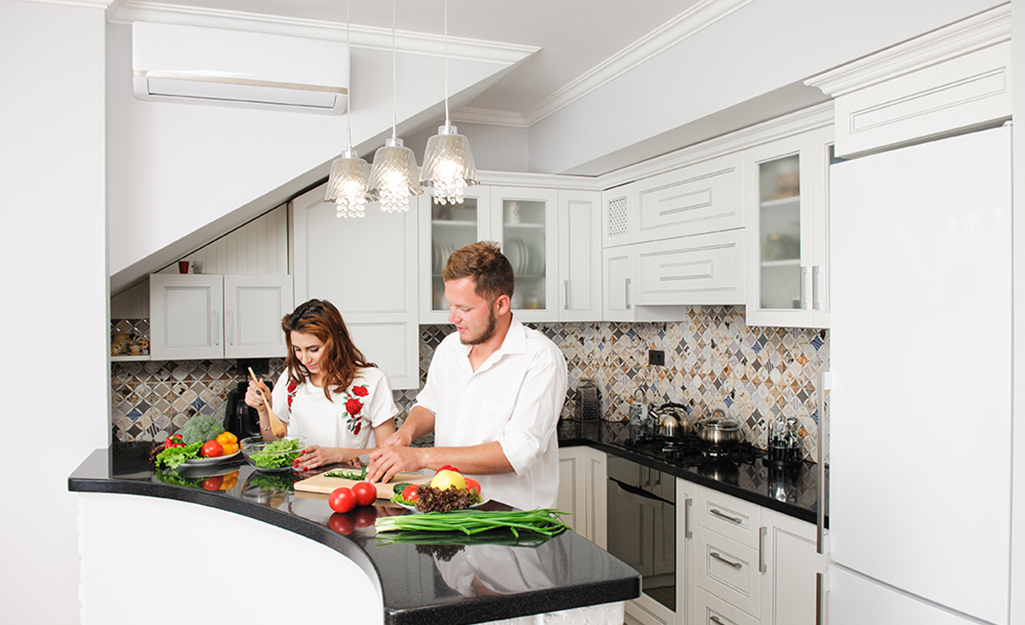
Choosing the right BTU, or British thermal unit, for your room size will make sure you get the most energy-efficient cooling system for your home. The BTU rating reveals how quickly and effectively a unit can cool a room.
BTU ratings can range from 5,000 to more than 20,000. A unit with too few BTUs may not be able to cool a large space efficiently, while an oversized air conditioner unit in a small space will cycle on and off, wasting energy and decreasing the unit's efficiency at dehumidifying the room.
- Consider factors such as ceiling height, room insulation, sun exposure, location and your area’s climate when choosing a unit with the right BTU rating.
- For rooms with excessive sunlight, select a unit with 10 percent more BTUs than required by the room size.
- For a kitchen, select a unit with an additional 4,000 BTUs than required by the room size.
- For rooms that regularly contain more than two people, add an additional 600 BTUs per person.
Measure the Room for the Air Conditioner

An air conditioning unit is only efficient up to its space capacity. Pick the right unit based on the square footage of your space.
- Calculate your room size by multiplying the room length by the room width (in feet) to get the square footage of the area to be cooled. Make sure your unit’s capacity fits the space.
- Measure the height and width of the space in which you want the air conditioning unit, such as a window. Compare against the unit’s dimensions to ensure that it fits.
- Find the nearest power outlet and make sure it matches the air conditioning unit and the length of the power cord.
- UL certification requires that only 115-volt air conditioner models using more than 7.5 amps be connected to a standard single outlet. Models that are 208/230 volts require one of three branch circuit power supplies. Keep your home safe and do not exceed the recommended voltage or amps for your electrical circuit.
Energy Efficient Air Conditioners

Air conditioning units are labeled with an Energy Efficiency Rating (EER) ranging from 8 to 11.5. Units with higher ratings offer lower greenhouse emissions and monthly electric bills. Check the yellow Energy Guide label on new air conditioners for more information.
Look for the ENERGY STAR® rating when choosing an air conditioning unit. ENERGY STAR-rated air conditioners meet EPA and DOE energy efficiency guidelines and use 10 percent less energy.
These units are also “smart-grid ready,” allowing you to take advantage of energy savings from programs your local utility may offer.
Finding the best air conditioner for your needs can help you beat the heat, save money and ensure a good night's sleep. The latest home air conditioning units use internet connected functionality for added convenience. Smart technology allows you to turn off and adjust the unit remotely using a smartphone or computer app. Some models enable you to check the unit’s energy usage, which can be a money saver overall.
When you’re ready to choose an air conditioner for your home, download The Home Depot Mobile App and search for the unit you want to buy.

